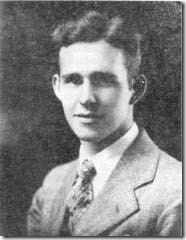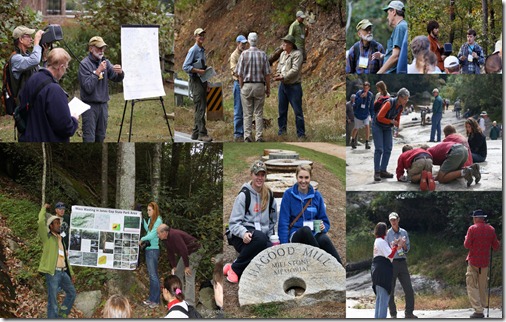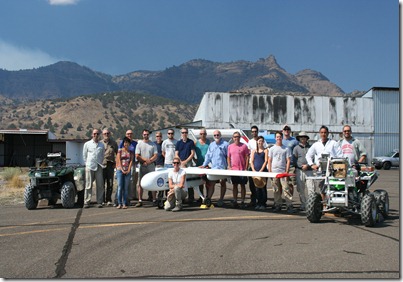by Erikah Haavie, Contributing Writer

It didn’t take George Flowers long to realize his connection to the outdoors.
Some of his favorite memories of his middle school years were the weekends he spent fishing and clearing trails on a piece of family land in Alabama first owned by his great-grandfather.
Since then, his love has only grown. Flowers, who is also majoring in political science, is part of the first class at Furman who will graduate with bachelors’ degrees in sustainability science in May 2013. The summer before his junior year, he cultivated an acre of fruits and vegetables on his family land, selling half the produce to a local organic market and donating the other half to local homeless shelters. This summer, he spent time working on organic farms in four different countries: Italy, Switzerland, Denmark, and Tanzania.
"I gave myself to wherever I was," said Flowers, a Columbus, Ga. native who has also been active with the Furman Farm. "You directly see the results of your work."
Flowers’s summer adventure across two continents began with a May Experience course led by professors Bill Allen and Ron Friis, which focused on the slow food movement and included a stay on a sustainably-operated family farm in Sora, Italy. He then went on his own to farms in Fuglebjerg, Denmark, and Eisten, Switzerland, where he worked as a volunteer for the World-Wide Opportunities for Organic Farming Initiative.
Mafia Island off the coast of Tanzania was his last stop, where he spent about six weeks working in a remote village without running water. While the island, home to about 40,000 residents, sees only a few thousand visitors a year, it is known for its rich marine biodiversity.
While there, he communicated using phrases in Kiswahili, the country’s national language, and lived with a local family eating a diet of fried plantains, potatoes, fish, rice, boiled squid, and fresh mango juice.
His work typically began at 8 a.m., and could include anything from tilling cassava with a hoe to mending fishing nets. He learned effective ways to use a machete to cut down shrubbery and became more adept at climbing 50-foot tall trees to harvest coconuts. At the end of the day, he washed, not in a shower, but using a bucket.
"George showed a hard work ethic, deep respect for those he was living with and conducting research, and the ability to adapt to challenging environments," said Betsy Beymer-Farris, an assistant professor of sustainability science at Furman who has conducted research in Tanzania for more than twelve years and supervised Flowers’s research over the summer.
Flowers is compiling the results of his research in his senior thesis, which will compare small-scale sustainable farming practices in the United States and the four other countries he visited. His experience was supported by a Furman Advantage fellowship.
After graduation, Flowers plans to continue onto graduate school to study either ecology or geography, while continuing to dabble in his studies of sustainable agriculture.
"I always want to have a farm going wherever I am," Flowers said.
Photos by Megan Will



 Professor Brannon Andersen, Ph.D., has been awarded a Fulbright Scholarship for teaching and research at the University of Zadar in Croatia during the 2014-15 academic year.
Professor Brannon Andersen, Ph.D., has been awarded a Fulbright Scholarship for teaching and research at the University of Zadar in Croatia during the 2014-15 academic year.




